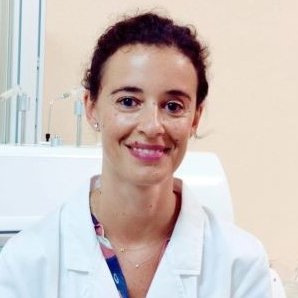3D Printing Technology Applied to the Preparation of Pediatric Orodispersible Dosage Forms
A special issue of Pharmaceutics (ISSN 1999-4923). This special issue belongs to the section "Pharmaceutical Technology, Manufacturing and Devices".
Deadline for manuscript submissions: 20 June 2024 | Viewed by 1249
Special Issue Editors
Interests: pharmacy and pharmaceutical technology; pediatrics formulation; pharmaceutical compounding; micro-extrusion 3D technology; quality control; stability; chromatography; rheology
Special Issues, Collections and Topics in MDPI journals
Interests: pharmacy and pharmaceutical technology; pediatrics formulation; pharmaceutical compounding; micro-extrusion 3D technology; quality control; stability; chromatography; mass spectroscopy
Special Issues, Collections and Topics in MDPI journals
Special Issue Information
Dear Colleagues,
This Special Issue serves to highlight and capture the latest research on the 3D printing technology applied to the preparation of pediatric orodispersible dosage forms, which is focused on meeting the need for personalized or industrial medicines to treat this vulnerable population.
We invite articles on all 3D technologies that can have an important role in the elaboration of orodispersable formulations, taking into account the fact that the quality of the final product must be guaranteed. It is for this reason that this topic must be supported by quality control strategies, such as process analytical technologies or multivariate statistical process control.
Submissions of original research articles and reviews in this rapidly expanding field of research are welcome.
Dr. Ana Santoveña-Estévez
Dr. Javier Suárez González
Guest Editors
Manuscript Submission Information
Manuscripts should be submitted online at www.mdpi.com by registering and logging in to this website. Once you are registered, click here to go to the submission form. Manuscripts can be submitted until the deadline. All submissions that pass pre-check are peer-reviewed. Accepted papers will be published continuously in the journal (as soon as accepted) and will be listed together on the special issue website. Research articles, review articles as well as short communications are invited. For planned papers, a title and short abstract (about 100 words) can be sent to the Editorial Office for announcement on this website.
Submitted manuscripts should not have been published previously, nor be under consideration for publication elsewhere (except conference proceedings papers). All manuscripts are thoroughly refereed through a single-blind peer-review process. A guide for authors and other relevant information for submission of manuscripts is available on the Instructions for Authors page. Pharmaceutics is an international peer-reviewed open access monthly journal published by MDPI.
Please visit the Instructions for Authors page before submitting a manuscript. The Article Processing Charge (APC) for publication in this open access journal is 2900 CHF (Swiss Francs). Submitted papers should be well formatted and use good English. Authors may use MDPI's English editing service prior to publication or during author revisions.
Keywords
- pediatrics
- quality control
- orodispersible dosage form
- 3D printing technology
- process analytical technology







